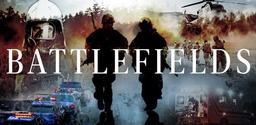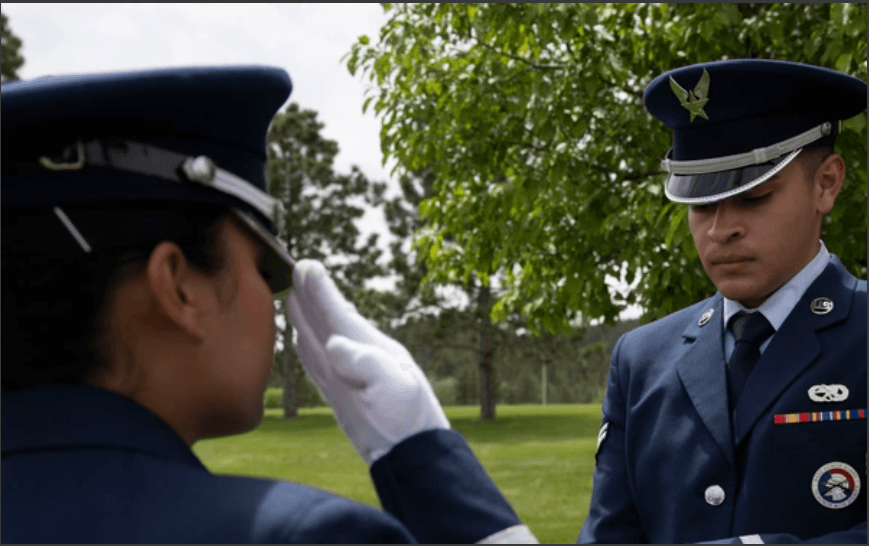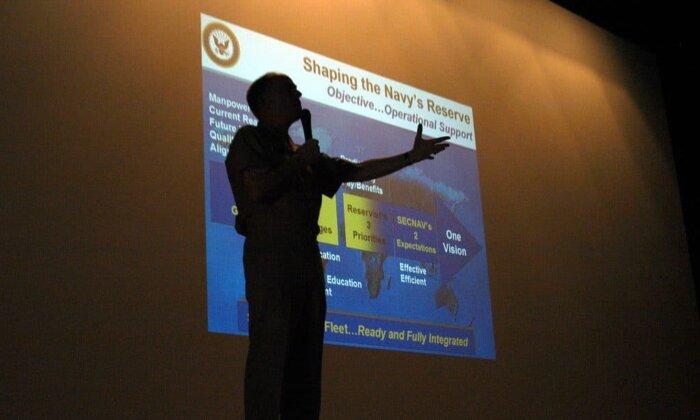Commentary
Most everyone is familiar with the book “We Were Soldiers Once ... and Young: Ia Drang—The Battle That Changed the War in Vietnam,” by Lieutenant Colonel (later Lieutenant General) Hal Moore. If you haven’t read the book, you’ve most likely seen the movie adaptation starring Mel Gibson. Now, if you are expecting this article to be about the book or about Lt. Gen. Moore, you’re sadly mistaken. Suffice it to say that it’s a great read and Lt. Gen. Moore was the kind of leader our current military desperately needs. The only thing I want to key in on is the “… and Young” part of his title.
I’m on a Facebook page called “U.S. Air Force 1980s BMTS Lackland AFB TX.” It’s a place where people share stories and pictures from Basic Training. I look at my Flight picture from March 1980 and marvel at how young I looked, even though I was an old man of 22 in Basic. Truthfully, I didn’t look any older than the 17-year-olds who were in my Flight. And it amazes me to see other people’s pictures where they all look just as young. I’m sure that vets of other branches look at their Basic/Boot pics and see exactly the same thing. None of us felt young, but man, we were so stinkin’ young!
Anyway, today a guy posted his Flight picture and stated he was the only dork wearing glasses. This, by the way, was the era of GI Birth Control Glasses. Google it if you don’t know what that is. Oh, and I knew guys who wore those their whole careers because they were too cheap to buy commercial eyewear. Yeah, they still fathered children, so I guess they were not always 100 percent effective. Sorta’ the rhythm method of GI birth control. But I digress.
I mentioned to him that by my count there were five dorks in the picture to which he responded, “Yeah, but I’m the one who really looks like a dork.” To which I replied: “Bud, we were all dorks back then!”

It’s a truism that we were all dorks when we graduated from Basic/Boot. Look back and honestly evaluate yourself at that point in history. Most of us had imbibed a healthy dose of the indoctrination provided by our applicable branch of the service. We felt like we had accomplished something huge and that our branch was invincible and superior to all the others. And we were the cream of the crop, capable of leaping tall buildings in a single bound. But we were dorks. Clumsy teenage puppies who didn’t know not to walk out in the middle of the highway during rush hour.
I had been an aircraft mechanic before entering the Air Force. But being in charge of launching an F-4 Phantom II and being underneath it to get it started was nothing like civilian aircraft. I was afraid I would forget some of the steps, my stomach was in knots, and my knees, hands, and voice were shaky. All that cockiness from Basic disappeared in a flurry of dorkiness. Yeah, I forgot steps and did things wrong the first few times, but good people guided and corrected me. Some corrections might have seemed harsh to outsiders and non-aircraft maintenance personnel, but aircraft are unforgiving mistresses and can kill or maim you in an instant. And if you don’t do the job right, then crew or innocent people on the ground can get killed due to your error. It’s a serious business and sometimes requires serious feedback.
The transition from dork to capable military member normally happens fairly quickly, although it’s hard to put a finger on exactly when it happens. Perhaps it’s when someone is given a serious responsibility and they successfully complete that task and feel confident in it. It seemed to me that it normally happened somewhere between E-3 and E-4. By E-5 most people realize that they aren’t invincible, they know the faults of their branches, and they know they can’t leap tall buildings in a single bound.
A movie that I really love is “Stripes,” and my favorite character is Sergeant Hulka. Strange choice huh? I think I like Sgt. Hulka because in many ways he’s so true to military life as an NCO (non-commissioned officer). He is very capable but he’s also aware that his branch—including some of its leadership—has faults. And Hulka has a bunch of dorks who have been assigned to him and he knows they are screwups, but he still cares about them. Well, eventually anyway.
Sergeant Hulka is a career NCO of principle, stuck in a messed up machine, trying to survive until retirement, while still trying to keep the dorks from getting themselves, or him, killed. Hulka has a certain air of tired resignation, but he doggedly holds onto his basic core principles. You can see that resignation portrayed in his body language when he’s interacting with Captain Stillman, who also happens to be in the dorky officer stage. Sgt. Hulka has to put up with Capt. Stillman because the battle isn’t worth it, and the best tactic for survival is to placate and avoid contact. Tell me you haven’t done this before.
Every experienced service member has seen the new dorks walk in the door straight from Basic/Boot, or I guess it’s OCS/OTS (Officer Candidate School/Officer Training School) for officers. And we have all, if we stayed in long enough, identified with Sgt. Hulka in one way or another.
But at one time, we were young, and we were dorks. Every single one of us, including Lt. Gen. Moore. And when we were dorks, there was a tired old NCO or more senior officer who helped us get past our awkward adolescent stage. That’s an important element of leadership for all of us to keep in mind. Help the dorks become Sgt. Hulkas.

The appearance of U.S. Department of Defense (DoD) visual information in this article does not imply or constitute DoD endorsement.







